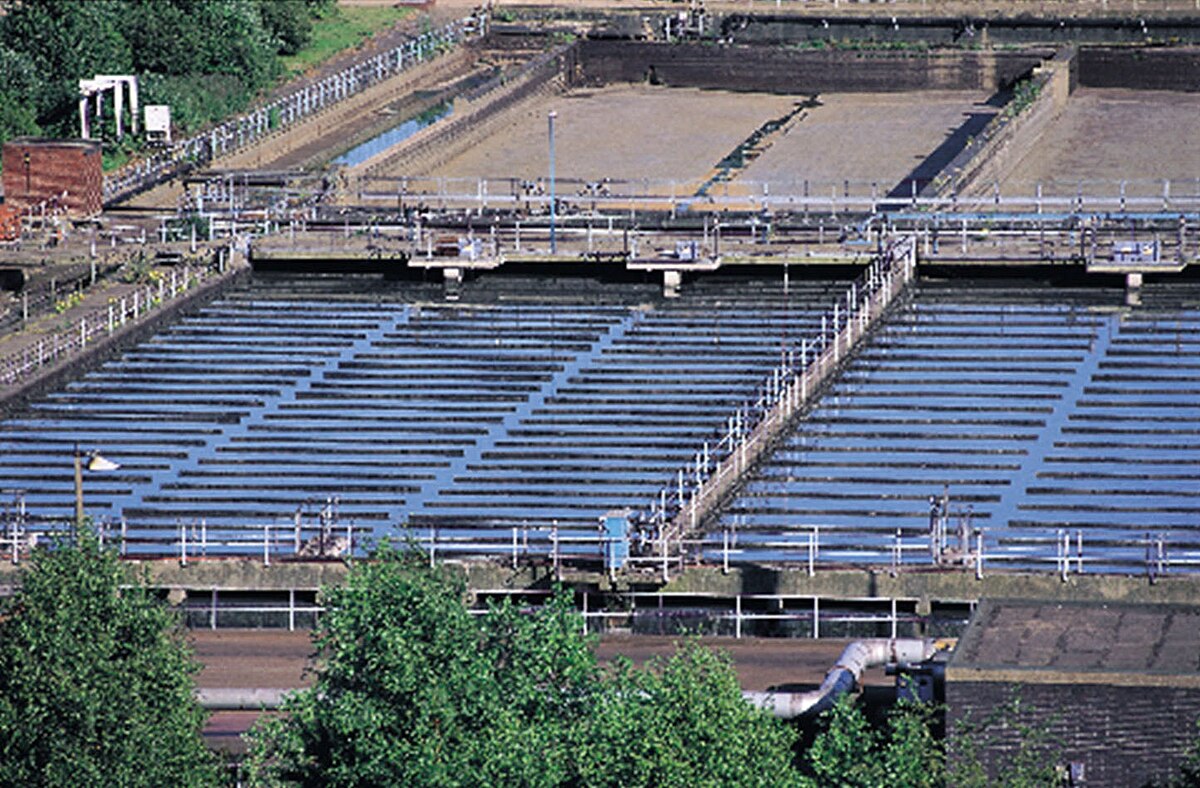
Sustainable, biological filters called slow sand filters have been used to filter drinking water since the 1800s. They don’t use any chemicals, create no waste and use very little energy. However, technologies that meet modern requirements for control, monitoring and time-efficiency have become popular, while biological water treatment has been less favoured, since little has been understood about how it works. New research from Lund University in Sweden shows that not only are the older filters more efficient cleaners – they could be making a comeback soon with the help of new technology.
Older sand filters are more effective than new ones, a unique field study at a water treatment facility in southern Sweden shows. This is because the old filters have had the time to develop a specific ecosystem of hungry bacteria that purify the water. The water is cleaned not only by mechanical filtering by the grains of sand, but by considerably smaller helpers as well.
The fact that sand filters contain microorganisms was already known. However, it was believed that sand filters helped to reduce the number of bacteria, which is not the case.
“Sand filtration helps change the composition of the bacteria for the better. The bacteria deep in the sand filters can remove harmful bacteria, viruses, parasites and other unpleasant substances. For example, the old sand beds always filtered out unwanted E. coli bacteria, something which the new sand filters were not always able to do,” explains Catherine Paul, researcher in Water Resources Engineering and Applied Microbiology at Lund University.
Not only do older filters appear to be more effective, the bacteria between different filters vary. The development of certain microorganisms depends on the type of sand originally used as well as the “food” they receive, that is, what kind of dirt is in the water. Consequently, the bacterial flora of the purified drinking water is a reflection of the bacteria in the specific sand filter it has passed through.
The study suggests that, much like a sourdough bread starter, new sand filters can benefit from the addition of sand “starter”, made of bacteria and sand from an older sand filter.
“Just as we increasingly talk about the importance of our intestinal flora for our well-being, we should also start talking about our “sand flora”. The right flora keeps harmful substances out of our drinking water, so it is important to our health. It impacts the bacterial flora in our tap water, and so far we know very little about how that can affect us,” says Catherine Paul.
A technology for monitoring slow sand filters, flow cytometry, means we can now understand the microorganisms in sand filters better. Like other drinking water technologies, we can now begin to fulfil certain criteria for slow sand filters such as short response times and alert systems better, the study shows. This new understanding of microbiology could give the old method a boost, and since it can also help newer technologies perform better, the sand filters can be a sustainable boost to drinking water treatment.
